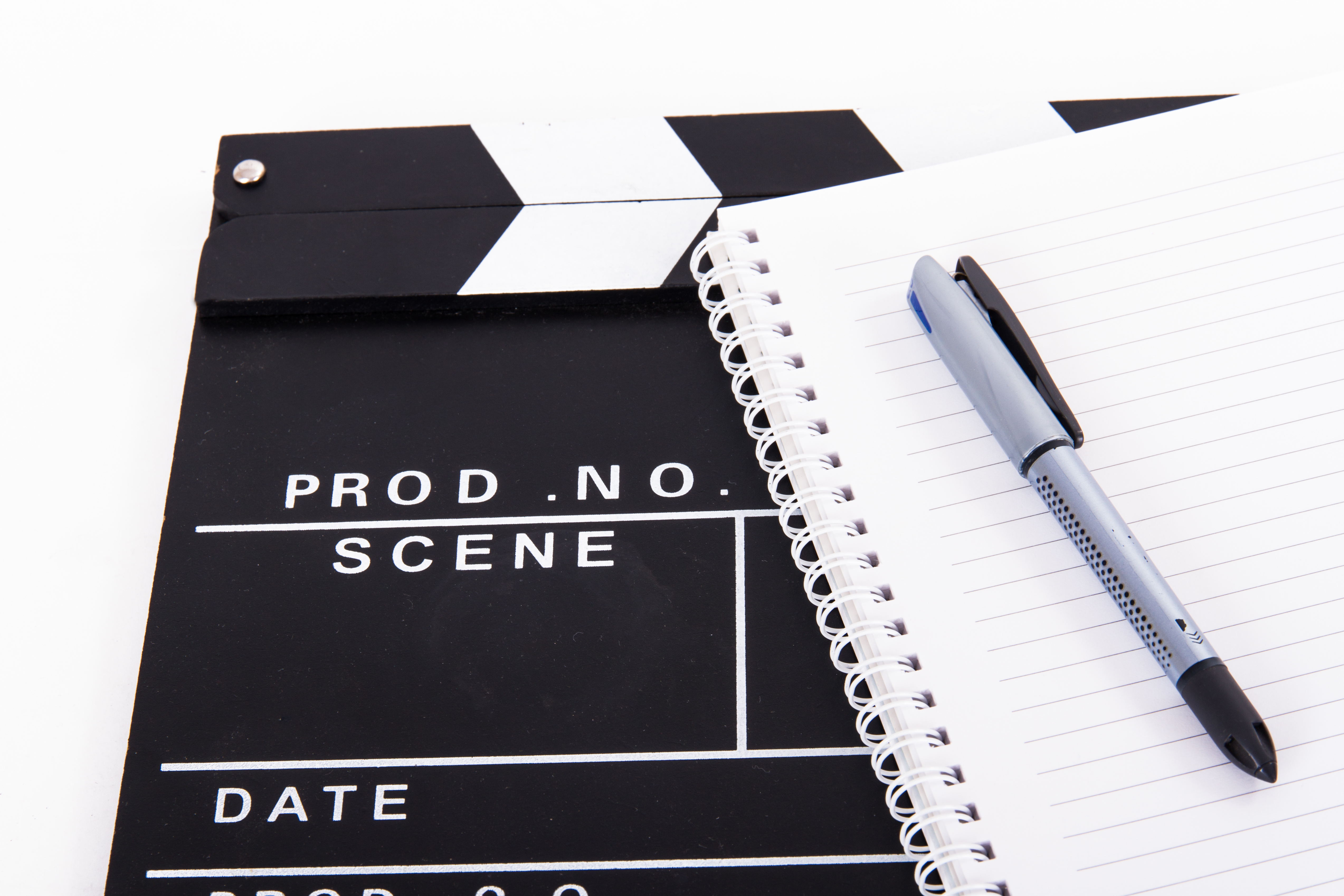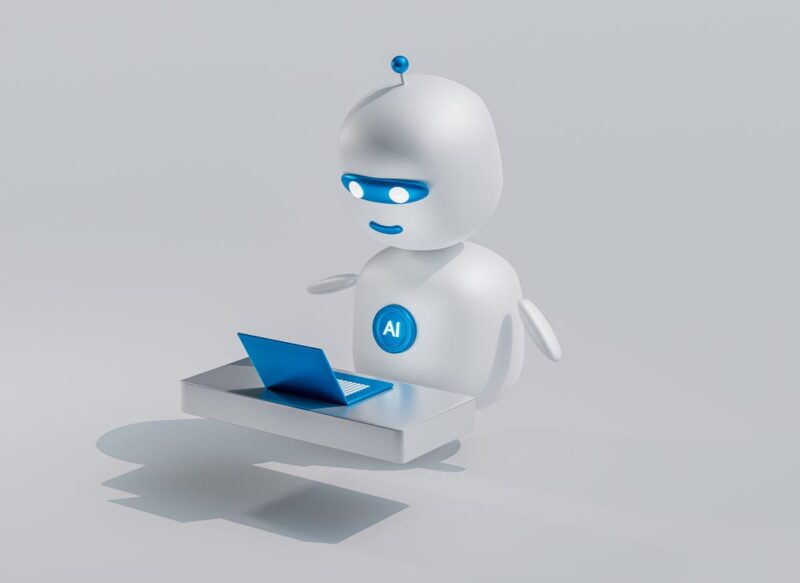For years, the art of crafting compelling movie scripts has been a uniquely human endeavor, filled with creativity, emotion, and a touch of magic that captivates audiences around the world. However, with the advancements in artificial intelligence technology, there has been a noticeable shift in the way content is being generated.
The blending of human and AI elements within movie scripts has become increasingly common, blurring the lines between what is authentically human and what is machine-generated. As such, it has become essential for filmmakers and scriptwriters to be able to spot the telltale signs of AI-written elements within their scripts.
By understanding the subtle differences in writing style and structure, creators can ensure that the human touch remains prevalent in their work, resonating with viewers on a deeper level. Lets delve into three key indicators that can help identify AI-written elements in movie scripts, allowing for a harmonious balance of human creativity and technological innovation in storytelling.
1. Identifying AI-Written Elements in Movie Scripts: A Guide for Filmmakers

In todays digital age, the use of AI in film production is becoming increasingly common, leading to a rise in AI-written elements in movie scripts. Filmmakers must be able to distinguish between human-written and AI-written content to ensure the integrity of their storytelling.
One way to spot AI-written elements is to look for a lack of variation in sentence structure and length. While humans are known for their diverse writing style, incorporating both long, intricate sentences and short, concise ones, AI tends to produce more uniform sentences.
By being mindful of these differences, filmmakers can maintain the human touch in their scripts and preserve the artistry of their craft.
2. The Human Touch vs. AI: Detecting Artificial Intelligence in Film Writing

In the world of film writing, the debate between the human touch and artificial intelligence continues to rage on. One key element in determining whether a script has been written by a human or AI is the variation in sentence structure and length.
Human writers often weave together a mix of long, intricate sentences with shorter, more concise ones, creating a dynamic flow to their writing. On the other hand, AI-generated scripts tend to lack this diversity, with sentences that are more uniform in length and complexity.
By carefully analyzing the structure and style of the writing, it is possible to detect the presence of artificial intelligence in film scripts.
3. Uncovering AI Influence in Movie Scripts: Tips for Recognizing Computer-Generated Content

As technology continues to advance, its becoming increasingly difficult to distinguish between human-written content and computer-generated text, even in movie scripts. One key factor to look out for is the uniformity of sentences.
AI-generated sentences tend to lack the burstiness that is characteristic of human writing. Humans naturally vary the length and complexity of their sentences, with some being longer and more intricate while others are short and to the point.
In contrast, AI-written sentences are often more homogenous in structure. By paying attention to the consistency of sentence length and complexity in movie scripts, you can start to uncover the influence of AI in the content.
Conclusion
In conclusion, as technology continues to advance, the presence of AI-written elements in movie scripts is becoming more prevalent. However, there are certain tell-tale signs that can help distinguish between human and AI writing.
From robotic dialogue to predictable storylines, these elements can be identified by a trained eye or with the assistance of an AI detector. While AI technology can be a useful tool in the creative process, nothing can replace the human touch and depth of emotion that comes from authentic human storytelling.
As filmmakers navigate the ever-changing landscape of technology, it is important to remember the unique value that human creativity and emotion bring to the cinematic experience.


